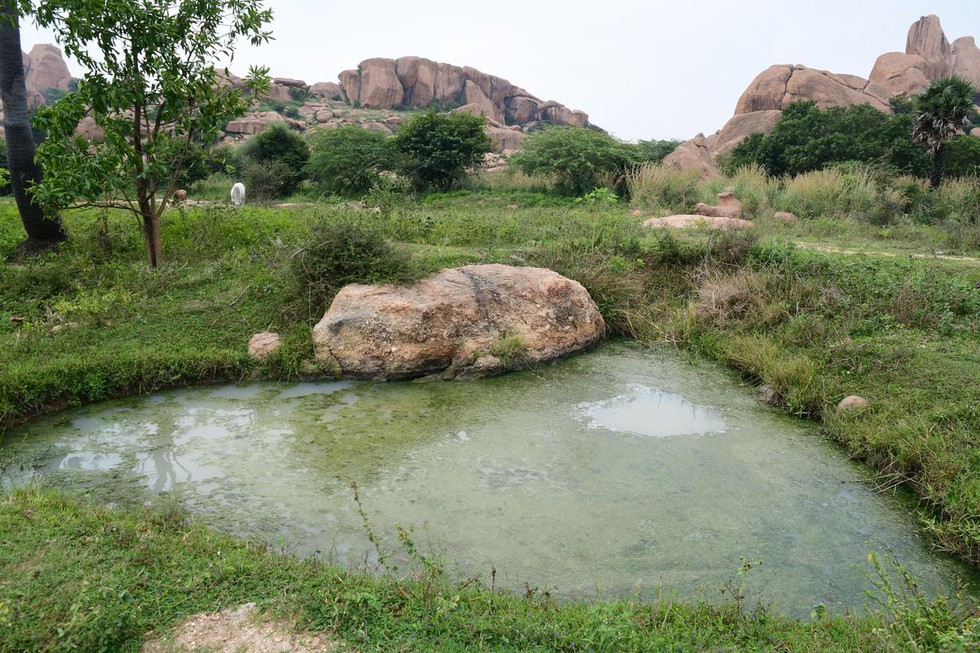
About:
- It aims to prevent the loss of biodiversity and preserve the cultural and architectural heritage, the government, as recommended by the Tamil Nadu Biodiversity Board, has declared Arittapatti a biodiversity heritage site.
- The site, comprising 139.63 hectares in Arittapatti village (in Melur taluk) and 53.58 hectares in Meenakshipuram village (Madurai East taluk), will be known as the Arittapatti Biodiversity Heritage Site.
- Arittapatti, known for its ecological and historical significance, houses around 250 species of birds, including three important raptors — Laggar Falcon (Falco jugger), Shaheen Falcon (Falco peregrinus) and Bonelli’s Eagle (Aquila fasciata).
- It is also home to wildlife such as the Indian Pangolin (Manis crassicaudata), Python (Python molurus) and Slender Loris (Loris spp).
- The area is surrounded by a chain of seven hillocks or inselbergs, that serve as a watershed, charging “72 lakes, 200 natural springs and three check-dams”.
- The Anaikondan tank, built during the reign of the Pandiyan kings in the 16th century, is one of them.
- The site also features various megalithic structures, Tamil Brahmi Inscriptions, Jain Beds and 2200-year-old rock-cut temples adding to its historical value.
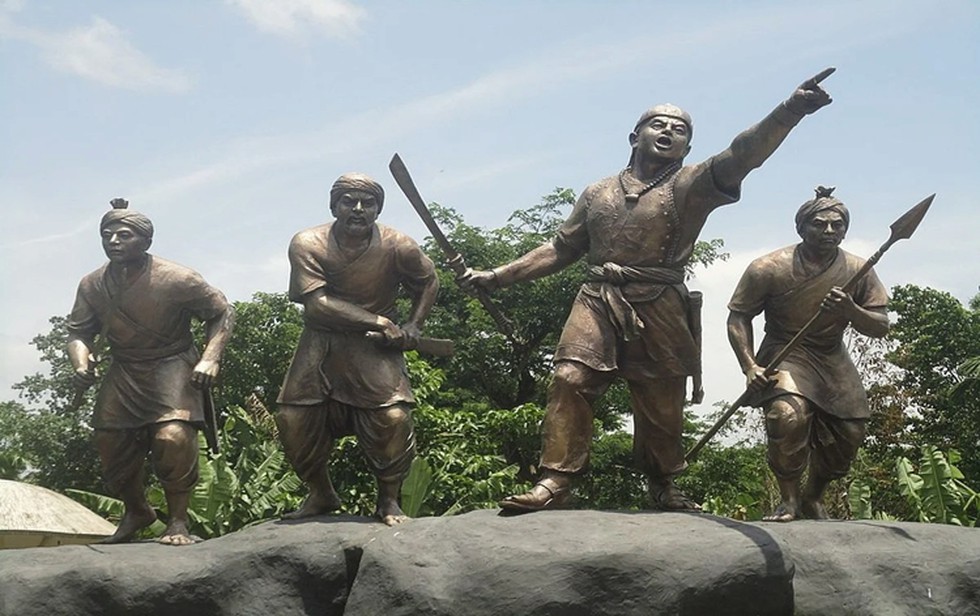
About:
- Lachit Borphukan was a commander and councillor in the Ahom Kingdom.
- The Ahom Kingdom resisted the invasion of the Mughal Empire several times and reigned in present-day Assam for over 600 years.
- The Ahom Dynasty was founded in 1228 in Assam’s Brahmaputra Valley.
- The first King of the Ahom Kingdom was Chaolung Sukaphaa, who crossed the Patkai mountainous region to reach the Brahmaputra valley.
- In 1615, the Ahom Dynasty engaged in its first significant conflict with the Mughal Empire.
- The Mughals conquered the Ahom capital of Garhgaon in 1662 but were defeated in later battles.
- Finally, during the battle of Saraighat in 1671, the Ahoms led by Lachit Borphukan successfully defeated the Mughals.
- Borphukan is mainly known for his leadership in this battle. By 1682, the Mughal influence in the region was completely eradicated.
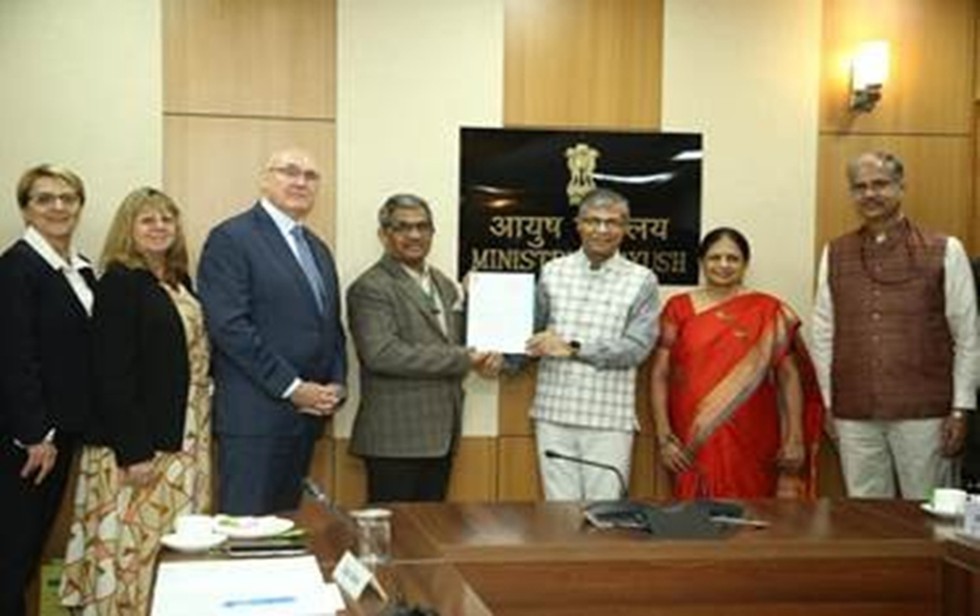
About:
- The Ministry has selected All India Institute of Ayurveda, New Delhi’s Associate Professor Dr. Rajagopala S. for the post of Academic Chair in Ayurvedic Science at Western Sydney University.
- The Academic Chair will undertake academic and collaborative research activities in Ayurveda, including herbal medicine and yoga, as well as design academic standards, short-term/medium-term courses, and educational guidelines.
- It will provide academic leadership in demonstrating and fostering excellence in teaching, research and policy development related to Ayurveda, within the robust Australian regulatory framework, and develop strategies to promote the translation and integration of evidence-based Ayurveda medicines into conventional healthcare.
- The Ministry of Ayush has taken concerted efforts for promoting and positioning Ayurveda and Yoga as the soft power of India.
- To facilitate the same, a Memorandum of Understandings (MoUs) has been signed for Ayush Chair with 16 foreign countries.
Central Sector Scheme for the promotion of International Cooperation (IC Scheme):
- MoA has also developed a Central Sector Scheme for the promotion of International Cooperation (IC Scheme) with the mandate to promote and strengthen awareness about Ayush Systems of Medicine, to facilitate the international promotion, development and recognition of Ayush Systems in foreign countries and to support international exchange of experts.
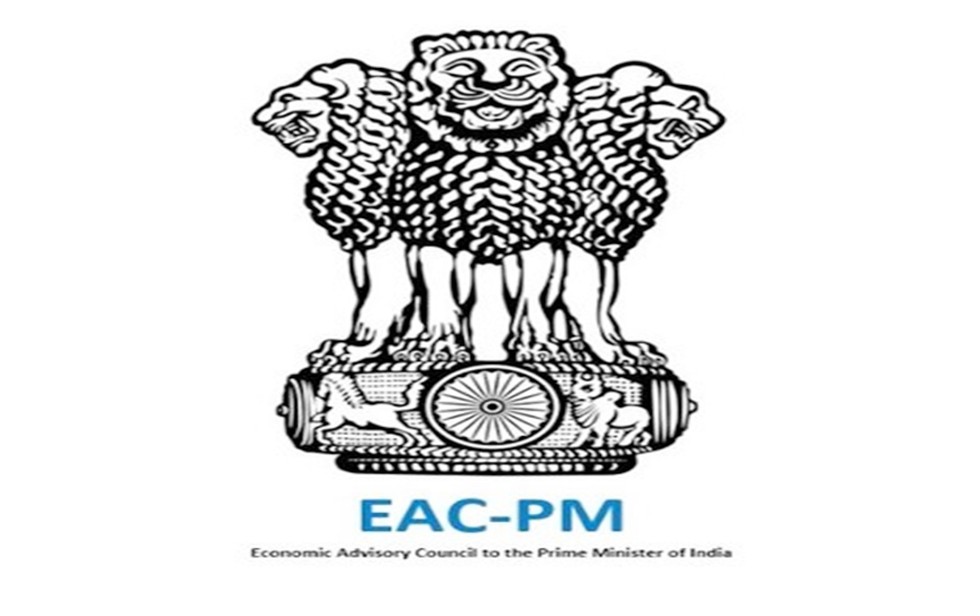
About:
- The Paper has analysed three perception-based indices- Freedom in the World Index, V-DEM indices, and EIU Democracy Index.
- The paper says that these indices are primarily based on the opinions of a tiny group of unknown experts.
- It also says, the questions that are used are subjective and are worded in a way that is impossible to answer objectively.
- The Working paper also said that certain questions used by these indices are not an appropriate measure of democracy across all countries.
- It noted that since these indices are inputs into the World Governance Indicators, the World Bank should ensure greater transparency and accountability from these institutions.
PM’s Economic Advisory Council (PMEAC):
- Economic Advisory Council to the Prime Minister (PMEAC] is a non-constitutional, non-permanent and independent body constituted to give economic advice to the Government of India, specifically the Prime Minister.
- The Council was set up with a view to provide a sounding board for inculcating awareness in government on the different point of view on key economic issues.
- It is common for the Council to be reconstituted time and again with different organizational structures headed by various economists who are of recognized international eminence.
- It was set up in September 2017 with a term of two years, replacing the erstwhile PMEAC, which was headed by former RBI governor C Rangarajan during the terms of former Prime Minister Manmohan Singh.
Organization:
- The PMEAC is chaired by a Chairperson and consists of eminent economists as members.
- After the latest reconstitution, it now has a Chairperson, Member Secretary and two part-time members.
- It is supported in its functions by a team of officials and administrators.
- There is no fixed definition on the exact number of members and staff of the PMEAC.
- For administrative, logistic, planning and budgeting purposes, the NITI Aayog replaced erstwhile Planning Commission to serves as the Nodal Agency for the PMEAC.
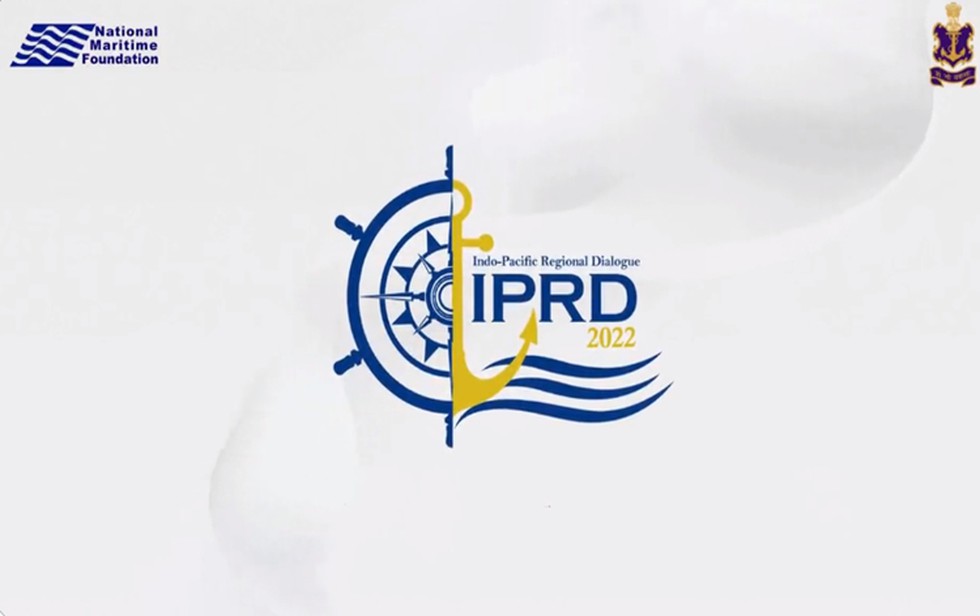
About:
- IPRD is an apex level international annual conference of the Indian Navy.
- The idea of an annual IPRD was first conceptualised and conducted in 2018, as the apex level conference of the Indian Navy.
- The National Maritime Foundation is Navy’s knowledge partner and chief organizer of each edition of the event.
- The theme of IPRD-2022 is the 'Operationalising the Indo-Pacific Oceans Initiative'.
- Objective: To provide a platform to focus attention on the Indo-Pacific, as a maritime geographical-entity, while deliberating aspects of great relevance to regional geopolitics.
- Previous sessions:
- The first two editions of IPRD were held in 2018 and 2019 respectively in New Delhi, however, IPRD 2020 was cancelled due to Covid-19.
- The third edition of IPRD was held in 2021 in online mode.
- Permanent theme: Review of India’s opportunities and challenges in the Indo-Pacific region.
- It is focused on seven interconnected spokes or pillars:
- Maritime Security,
- Maritime Ecology,
- Maritime Resources,
- Disaster Risk-reduction and Management,
- Trade-Connectivity and Maritime Transport,
- Capacity-building and Resource sharing, and
- Science, Technology and Academic Cooperation.
- The six sessions of the IPRD-2022 are:
- Weaving the Fabric of Holistic Maritime Security in the Indo-Pacific: Multilateral Options,
- Constructing Holistic-Security Bridges across the Western and Eastern Maritime Expanse of the Indo-Pacific,
- Building maritime Connectivity: Ports, Trade, and Transport,
- Capacity-building and Capability Enhancement Leveraging the Physical and Social Sciences,
- Practical approaches to a Regional Blue Economy,
- Disaster Risk-reduction and Management, Solutions for Small Island Developing States (SIDS) and Vulnerable Littoral States.
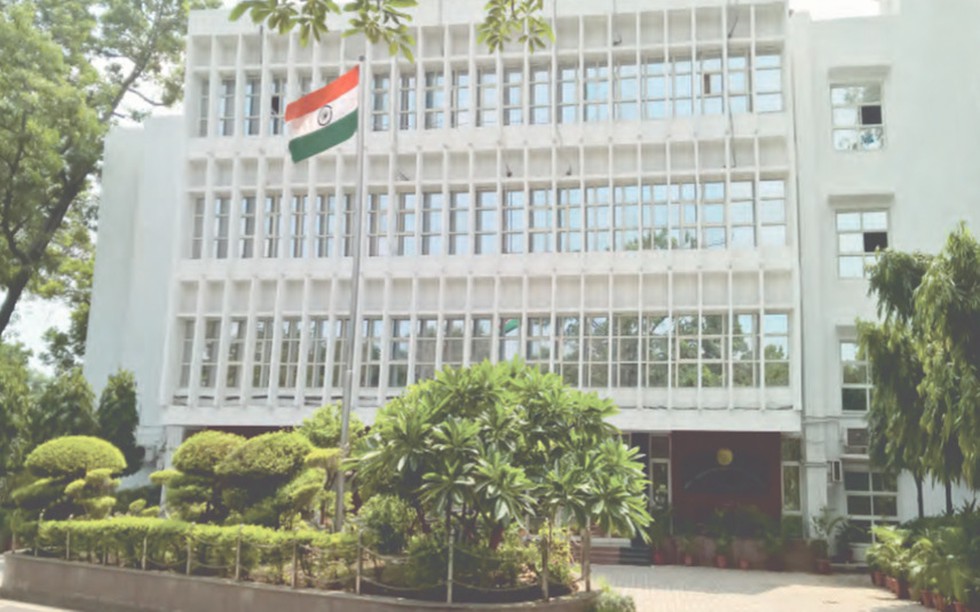
About:
- It was established by the erstwhile Ministry of Human Resource Development (now Ministry of Education), Government of India.
- It is a premier organization dealing with capacity building and research in planning and management of education not only in India but also in South Asia.
- The Institution is one of the first institutions established in the world in the area of education and planning.
- Over the past six decades, the institute has acquired a global reputation as one of the most recognized national institutions in the theory and practice of educational policy, planning and administration.
History:
- The National Institute has its origin dating back to 1962 when the UNESCO established the Asian Regional Centre for Educational Planners and Administrators which later became the Asian Institute of Educational Planning and Administration in 1965.
- After 4 years of its existence, it was taken over by the Government of India and renamed as the National Staff College for Educational Planners and Administrators.
- Subsequently, with the increased roles and functions of the National Staff College, particularly in capacity building, research and professional support services to governments, it was again renamed as the National Institute of Educational Planning and Administration (NIEPA) in 1979.
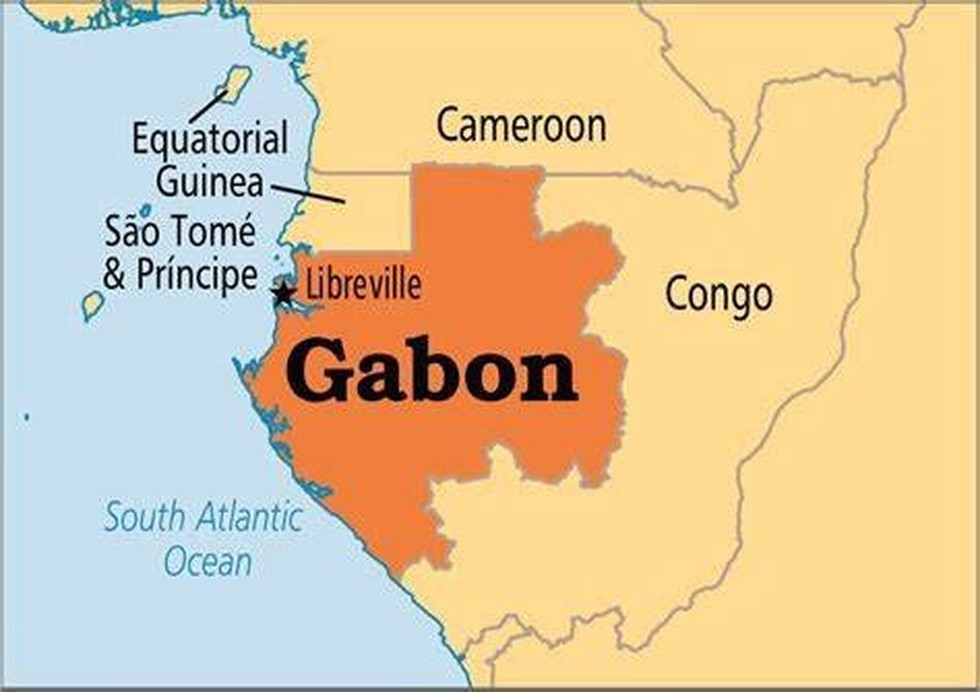
About:
- Both sides carried out a comprehensive review of the existing bilateral relations, including strengthening of cooperation in trade and economic relations, defence and maritime.
- The two sides also exchanged views on regional and international issues of mutual interest, including cooperation in the UN and other multilateral fora, climate change, International Solar Alliance and sustainable development.
- India and Gabon have traditionally enjoyed warm and friendly relations, which are based on shared democratic values and vision.
- The bilateral relationship has further strengthened in the past few years with opening of the Gabonese Mission in New Delhi and exchange of high-level visits.
- The bilateral trade between India and Gabon is growing at a healthy rate and has touched 1.12 billion dollars in 2021-22 from 440 million dollars in 2017-18.
- India is now the second-largest destination for Gabonese exports.
- Over 50 Indian companies have set up manufacturing units in the Gabon Special Economic Zone.
Gabon:
- Gabon is a central African country, is rich in natural resources.
- Located on the Atlantic Ocean, it borders Cameroon, Equatorial Guinea, and the Republic of Congo.
- It is sparsely populated, with a population of 2.3 million (2021) and forests covering 85% of its territory.
- Gabon, the fourth largest oil producer in Sub-Saharan Africa, posted strong economic growth over the past decade, driven mainly by oil and manganese production.
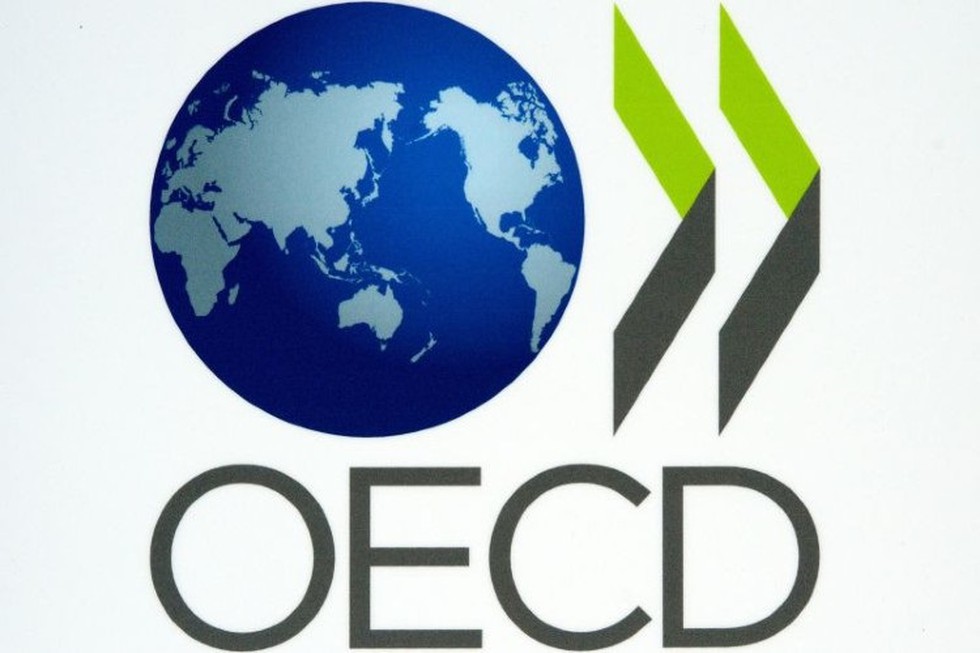
About:
- Global growth has seen falling from 1% in 2022 to 2.2% in 2023.
- According to OECD, the global economy should avoid a recession next year but the worst energy crisis since the 1970s will trigger a sharp slowdown, with Europe hit hardest.
- With energy prices likely to remain high, the OECD said central banks should keep raising interest rates to fight inflation, with signs that early hikes in Brazil and the United States were paying off.
- National outlooks vary widely, with the U.K.’s economy set to lag major peers.
- The OECD said the global slowdown was hitting economies unevenly, with Europe bearing the brunt as Russia’s war in Ukraine hits business activity and drives up energy prices.
- It forecast that the 19-country euro zone economy would grow 3.3% this year then slow to 0.5% in 2023 before recovering to expand by 1.4% in 2024.
- That was slightly better than the OECD’s September outlook, when it estimated 3.1% growth this year and 0.3% in 2023.
- The U.S. economy was set to hold up better, with growth expected to slow from 1.8% this year to 0.5% in 2023 before rising to 1.0% in 2024.
- China, which is not an OECD member, was one of the few major economies expected to see growth pick up next year after a wave of COVID lockdowns.
- Growth there was seen rising from 3.3% this year to 4.6% in 2023 and 4.1% in 2024, compared with previous forecasts for 2022 of 3.2% and 4.7% for 2023.
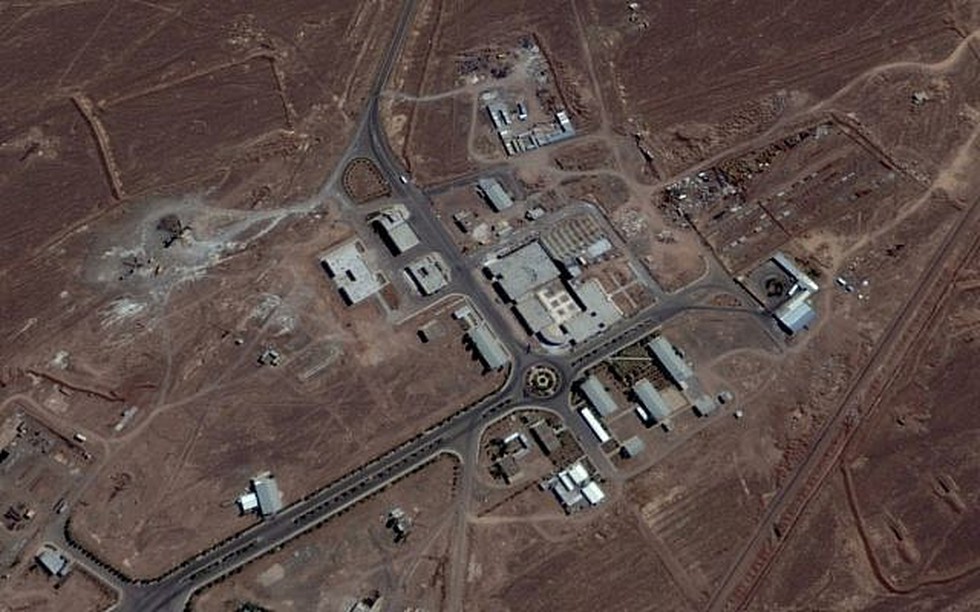
About:
- 60 percent enriched uranium still isn't technically weapons-grade (weapons require uranium enriched to 90 percent or higher), but having a significant stockpile of it could reduce the time Iran would need to make a bomb.
2015 agreement:
- Under the terms of the 2015 agreement with world powers, Iran is only permitted to enrich uranium to 3.67% purity.
- That deal gave Iran sanctions relief in return for curbs on its nuclear program to prevent the production of a weapon.
- The deal also called for Fordo to become a research-and-development facility and restricted centrifuges there, used to spin enriched uranium into higher levels of purity, to non-nuclear uses.
Fordow Fuel Enrichment Plant (FFEP):
- Fordow Fuel Enrichment Plant (FFEP) is Iran’s second pilot enrichment plant.
- The first is the Pilot Fuel Enrichment Plant at Natanz.
- It is located buried in a mountain near the city of Qom.
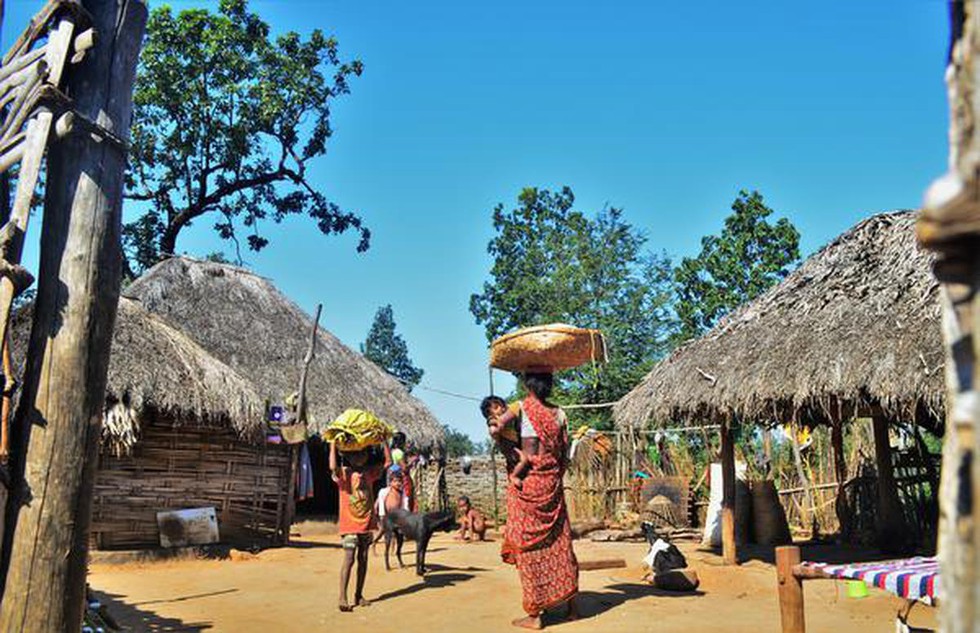
About:
- The Koya population is concentrated in Telangana, Andhra Pradesh, Chhattisgarh and Odisha.
- The Koyas speak the Koya language, which is a Dravidian language.
- Most important fair celebrated by Koyas is the Sammakka Saralamma Jatra once in two years on full moon day of the Magha Masam (January or February) at Medaram village in Mulug taluk of Warangal district.
Podu:
- Podu is a form of shifting cultivation, as practiced by various tribal groups in forest areas has for long been an economical survival versus environmental sustenance issue.





























































































































































.png)
.png)
.png)
.png)
.png)


.png)
.png)
.png)





.png)
.png)






.png)
.png)
.png)
.png)
.png)
.png)
.png)
.png)
.png)

.png)







.png)
.png)


.png)
.png)
.png)


.png)

.png)
.png)





.jpg)

.png)
.png)


.png)

.png)
.png)
.png)

.jpg)

.jpg)


.png)

.png)
.png)
.png)
.png)
.png)
.png)
.png)
.png)
.png)
.png)




.png)

.png)





.png)
.png)
.png)
.png)
.png)
.png)
.png)
.png)
.png)
.png)
.jpg)
.jpg)

.png)
.png)
.png)
.png)
.png)
.png)
.png)
.png)
.png)
.png)
.png)
.png)
.png)
.png)
.png)
.png)
.png)
.png)
.png)
.png)
.png)
.png)



.png)
.png)

.jpg)
.jpg)


.jpg)
.jpg)
.jpg)
.jpg)
.jpg)

.jpg)








.jpg)
.jpg)
.jpg)
.jpg)
.jpg)

















.jpg)
.jpg)







.jpg)


















.jpg)
.jpg)



























































































.jpg)
.jpg)


























.jpg)

.jpg)










.jpg)








.jpg)




.jpg)










.jpg)


















.jpg)












































.jpg)














.jpg)
.jpg)
.jpg)





.jpg)

.jpg)
.jpg)





































































.jpg)


































.jpg)
.jpg)
















































.jpg)












.jpg)


.jpg)




.jpg)
.jpg)
.jpg)

.jpg)
.jpg)
.jpg)
.jpg)

.jpg)
.jpg)
.jpg)

.jpg)
.jpg)
.jpg)
.jpg)
.jpg)
.jpg)
.jpg)
.jpg)

.jpg)


.jpg)
.jpg)
.jpg)
.jpg)
.jpg)
.jpg)
.jpg)
.jpg)
.jpg)
.jpg)











.jpg)
.jpg)





.jpg)
.jpg)
.jpg)
























.jpg)
























.jpg)









.jpg)
.jpg)







.jpg)
.jpg)









































.jpg)
.jpg)
.jpg)
.jpg)
.jpg)

.jpg)
.jpg)
.jpg)
.jpg)
.jpg)


.jpg)
.jpg)
.jpg)
.jpg)
.jpg)

.jpg)
.jpg)
.jpg)
.jpg)
.jpg)
.jpg)
.jpg)
.jpg)
.jpg)
.jpg)
.png)

.png)
.png)

.png)
.png)
.png)
.png)


.jpg)
.jpg)

.jpg)
.jpg)
.jpg)

.png)
.png)
.png)
.png)
.png)
.png)
.png)

.png)
.png)
.png)
.png)
.png)
.png)
.png)
.png)
.png)
.png)





































































-min.png)



.png)




.png)








































